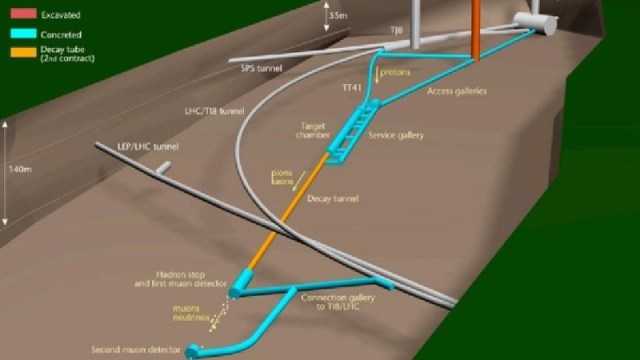Massive Arecibo study subtracts the galaxy; reveals a pristine Universe
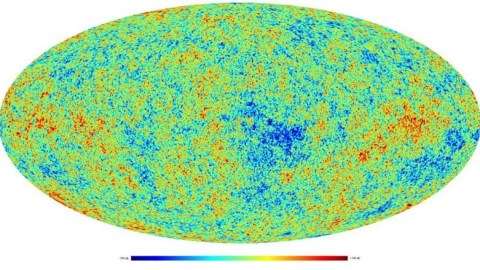
How sure are we that what we’re looking at is cosmic, rather than galactic?
“Every philosophy also conceals a philosophy; every opinion is also a hideout, every word also a mask.” –Friedrich Nietzsche
The Cosmic Microwave Background (CMB), the Big Bang’s leftover glow, is one of the most informative snapshots of the Universe accessible to humanity. But the entire Universe — including the Milky Way galaxy — is in the way. By accounting for neutral gas, dust, spinning particles, magnetic fields and the effects of stars, cosmologists think they can accurately subtract the effects of the Milky Way and see beyond, to the infant Universe as it really was when it was only 380,000 years old. But a new study by scientists working with data from Arecibo observatory has thrown the accuracy of that picture into doubt. Their work indicates that a new class of foreground emission, due to warm, free electrons within our own galaxy, is likely contaminating the data further. If we can better model the foregrounds, we can better subtract the galaxy, revealing the pristine Universe as it really exists.
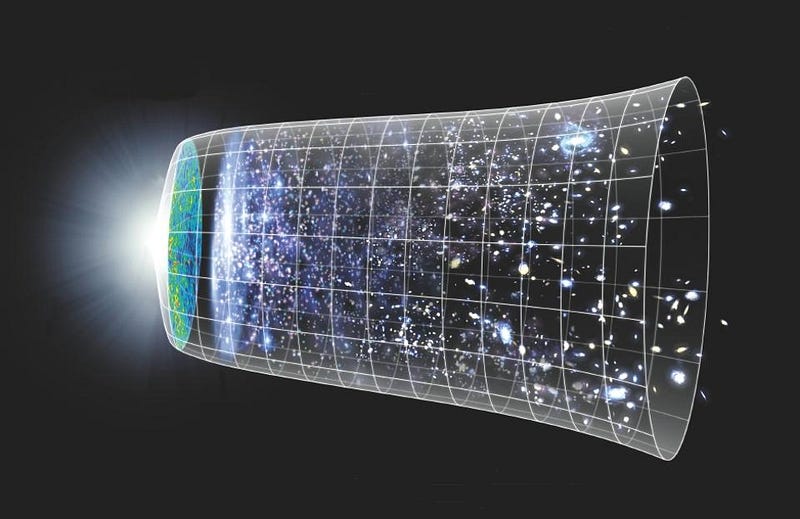
One of the greatest discoveries of the 20th century was the observational proof that the Big Bang indisputably happened. Observations made in the 1920s showed that the more distant a galaxy was, the faster it was receding from us. In the context of General Relativity, that meant the Universe itself was expanding; the fabric of space is stretching over time and causing the distant galaxies to move away at ever faster rates. In theory, the Universe was not only smaller in the past, with objects closer together (and therefore denser), but also hotter, as early radiation gets stretched and cooled as the Universe expands. At some point, long ago, the Universe was hot enough that even neutral atoms wouldn’t be able to form, as the ultra-hot radiation would blast them apart. Once the atoms become neutral, that radiation won’t have free electrons to interact with anymore.
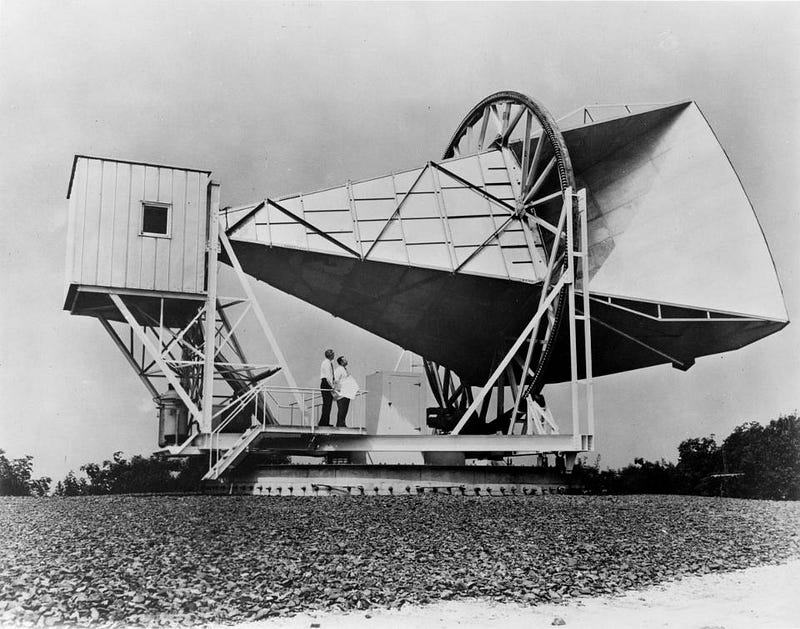
But this means that the Universe, today, ought to still be filled with that leftover radiation from the Universe’s earliest stages. It won’t be as energetic as it was all those billions of years ago, owing to the fact that the Universe has continued to expand and cool. Instead, this radiation that was once ultraviolet, visible and infrared light is now shifted into the microwave and radio frequencies. It’s forever invisible to human eyes, but with the right telescope, antenna or observatory, its signal can be seen. In the mid-1960s, for the first time, this radiation was discovered, confirming the Big Bang and ruling out competing alternatives. As time has gone on, they not only measured the energy spectrum of this leftover glow, but were able to intricately measure the temperature fluctuations on all different scales, down to a resolution of less than 0.08º.

But there’s a big problem with measuring this leftover glow: no matter where we look, there’s intervening matter in the way. It’s true that the hotter something is, the more energy and light it radiates away. The Big Bang’s leftover glow is so cold — just 2.725 K, with fluctuations on the scale of 10s or 100s of µK — that even the coldest interstellar gas and dust can cause foreground contamination. Even when observed with the Planck satellite, the most advanced, sophisticated mapping tool every constructed for this leftover glow, the foreground emissions from the Milky Way are still a terrible source of pollution and noise.
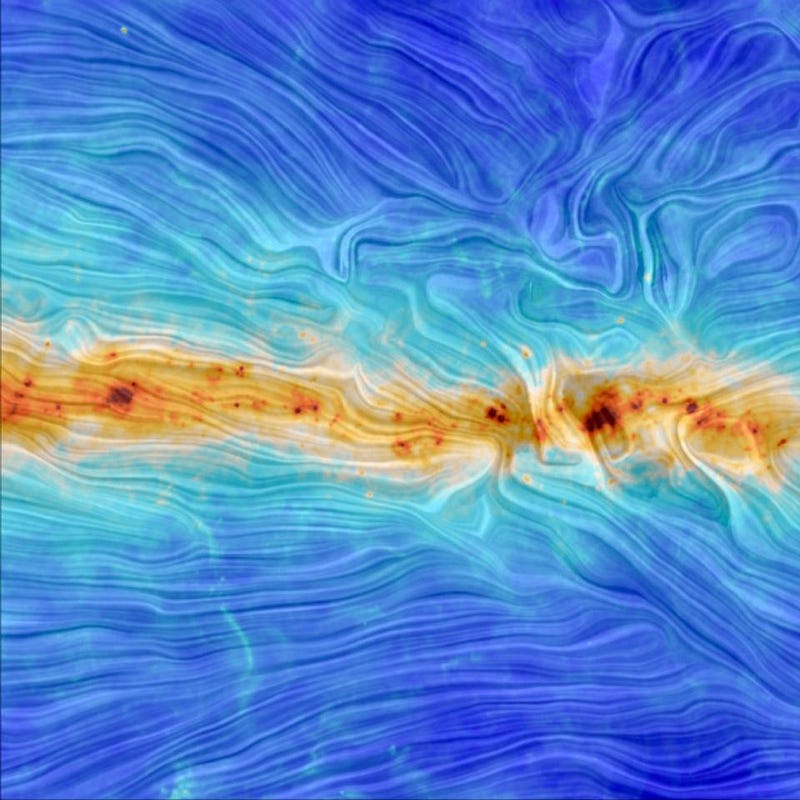
The smallest-scale features in light of very particular frequencies (between 22 and 90 GHz) are where some of the most intricate information about the pristine Universe lies. The overdense regions (which correspond to blue, cold spots in the fancy image of the CMB) will someday grow into galaxies, clusters and even larger structures. But in order to understand how this works in our Universe, we need a full-sky map, not merely a map of the sky except where the galactic plane is. The key, and the hard problem, is to properly account for the full suite of the galactic foregrounds. After years of work by hundreds of people, we thought we had done it properly. Yet continued observations showed that problems remained, and that the galactic subtraction was incomplete.
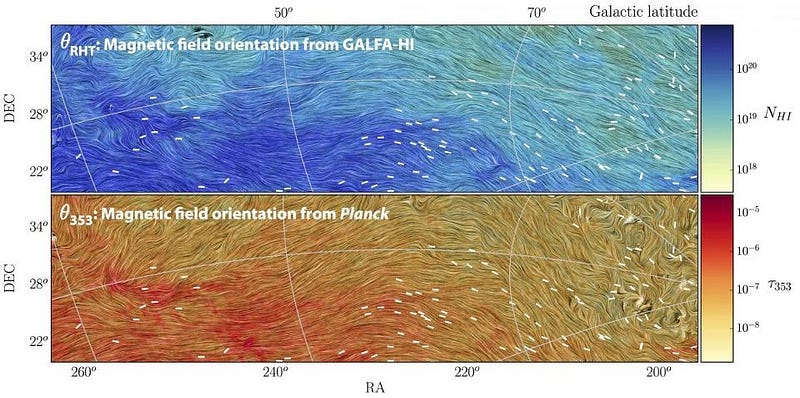
In particular, there were two key puzzles that needed to be solved:
- Why are the magnetic field lines of the galaxy aligned with the orientation of neutral hydrogen? (Which is puzzling, because only charged particles, not neutral ones, should be aligned with a magnetic field.)
- And why is that neutral hydrogen associated with the polarization of the CMB? (Which is puzzling because the hydrogen is only hundreds of light years away, but the CMB is billions of light years away, and they shouldn’t affect each other.)
The answer is, of course, that these can’t be the full story. The leftover glow from the Big Bang can’t just randomly align with something happening in our own galaxy; there has to be something additional in the galaxy responsible for it! And that means, unfortunately, that our previous calculations for what the Universe looked like behind the Milky Way was flawed in a very fundamental way.
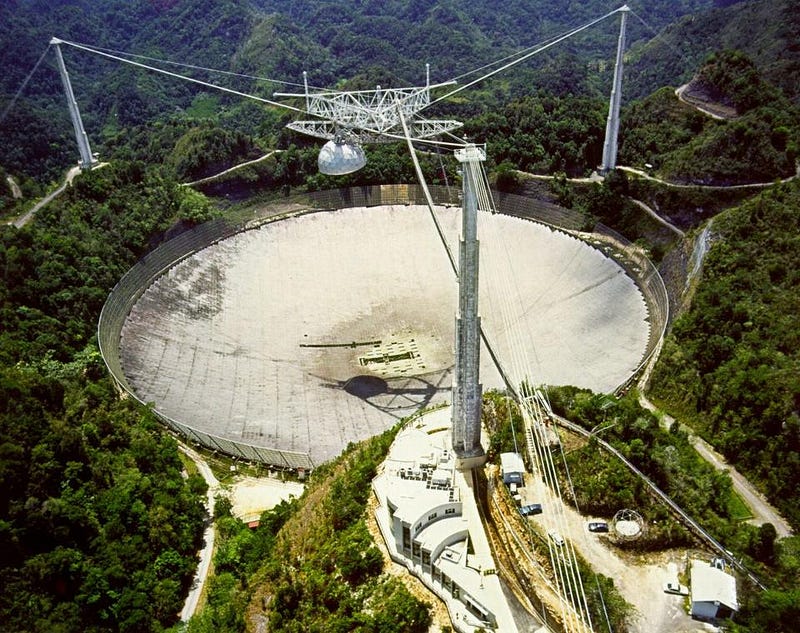
Thankfully, a new study by Gerrit Verschuur and Joan Schmelz using the Arecibo radio telescope was able to study the galactic plane in great detail, in an attempt to uncover the cause of the radiation. By viewing a number of foreground, galactic sources at a variety of frequencies, they were able to compare what the radio data showed with what the theory predicted (dotted line, in the graphs, below). Quite clearly, there was a terrible fit, showing that the previously introduced model of the galaxy was missing a component.

But if you added in a population of free electrons at relatively warm temperatures (100–300 K), everything gets resolved. The magnetic field lines are aligned with galactic hydrogen because there are free, charged particles influencing the neutral hydrogen. The neutral hydrogen isn’t aligned with the polarization of the CMB; the free electrons are aligned with the electromagnetic radiation’s polarization, and they in turn interact with neutral hydrogen. And in the graph above, rather than a downward-sloping line, there ought to be a straight, horizontal line that the data follows. You will notice the data doesn’t follow it perfectly, and that’s good! The leftover signal on top of that — the up-and-down wiggles — ought to correspond to the actual fluctuations in the CMB: the Big Bang’s leftover glow.
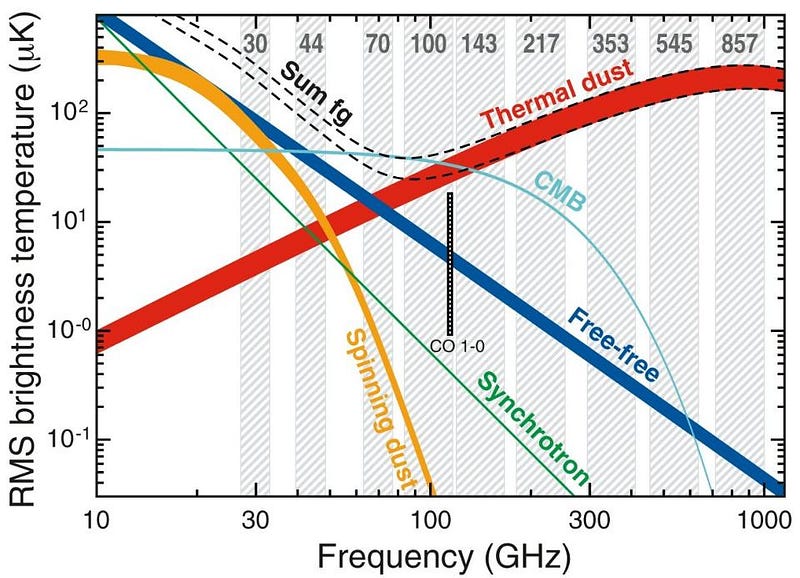
The net result? We’ll wind up with not only a better model of not only the gas, dust, plasma and radiation from within our own galaxy, but with a better picture of the earliest snapshot of the Universe accessible to human beings. As Joan Schmelz said,
“The data are all publicly available… it would be absolutely wonderful if the cosmologists became interested enough in the data to include this in their analysis.”
The problem is that the data is embedded in the hydrogen maps of the Universe, which consist of between 100 and 200 channels for every location on the sky. Constructing an electron map of the Milky Way from a large slew of pencil-beam-size data points is a daunting task, one that demands an incredible large-scale effort to accurately put together. However, the procedure to do exactly this is now known and the proof that it can be done has been demonstrated. The reward will be an even more accurate view of the infant Universe. At 1,000 feet (305 meters) in diameter, Arecibo remains the world’s second largest single dish radio telescope. Remarkably, it continues to deliver incredible science 54 years after its astronomical debut.
Reference: G. L. Verschuur and J. T. Schmelz, The Astrophysical Journal, 832:98 (8pp), 2016 December 1.
This post first appeared at Forbes, and is brought to you ad-free by our Patreon supporters. Comment on our forum, & buy our first book: Beyond The Galaxy!





